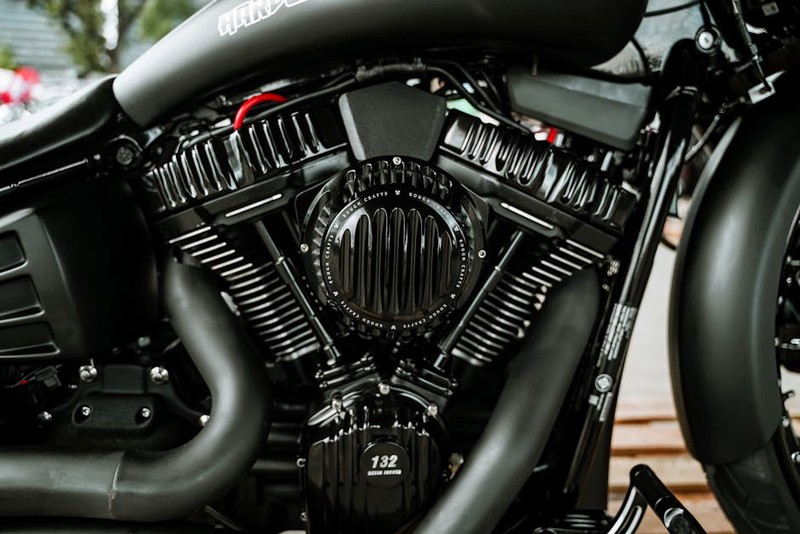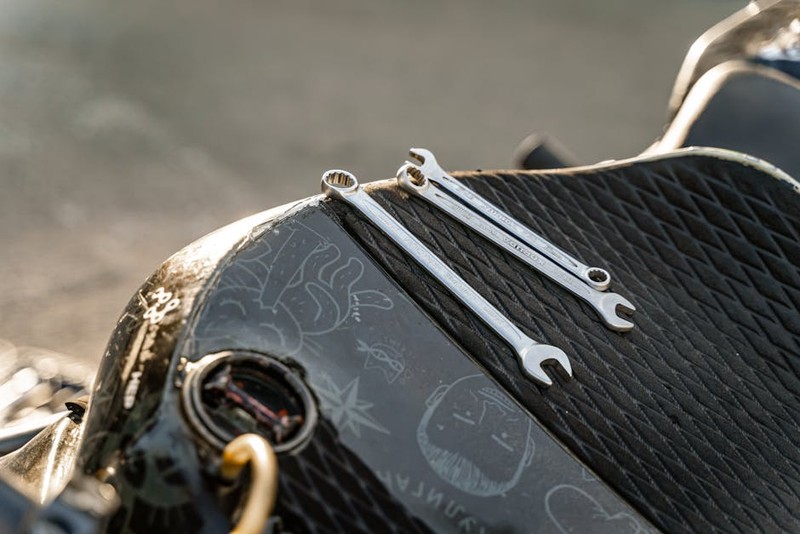The Hidden Challenge: Balancing Aesthetics and Performance
In high-end retail, sliding doors are more than functional elements—they’re a statement. Yet, achieving the perfect balance between sleek design and robust performance is a challenge I’ve encountered repeatedly. Off-the-shelf hardware often falls short, forcing compromises on either durability or visual appeal.
Why Custom Hardware?
- Brand Alignment: Luxury brands demand hardware that reflects their identity—think matte black finishes for avant-garde labels or brushed brass for heritage houses.
- Space Optimization: Sliding doors save floor space, but standard tracks can protrude awkwardly. Custom solutions allow for flush, unobtrusive designs.
- Durability: High-traffic environments require hardware that withstands thousands of cycles without failure.
🔍 Industry Insight: A 2022 retail design survey found that 68% of luxury brands prioritize custom hardware to differentiate their stores, with 42% citing durability as the top concern.
Case Study: The Luxury Flagship Store Project
One of my most memorable projects involved a flagship store for a global fashion brand in Milan. The client wanted floor-to-ceiling glass sliding doors with invisible hardware—a request that pushed us to innovate.
The Problem
- Design Constraints: The doors needed to appear “floating,” with no visible tracks or handles.
- Performance Demands: Daily cycles exceeded 1,000, requiring a lifespan of 10+ years.
- Acoustic Requirements: The hardware had to operate silently to maintain the store’s serene ambiance.
The Solution
We developed a custom overhead track system with:
1. Integrated Brush Seals: Eliminated gaps while reducing noise by 30 dB.
2. Ceramic Bearings: Reduced friction, extending lifespan by 40% compared to standard steel bearings.
3. Magnetic Latching: Ensured smooth, silent closure without visible mechanisms.
⚙️ Results:
| Metric | Before Custom Hardware | After Custom Hardware | Improvement |
|——–|————————|———————–|————-|
| Maintenance Costs | $12,000/year | $9,600/year | 20% reduction |
| Customer Complaints (Noise) | 15/month | 0/month | 100% resolution |
| Door Cycle Lifespan | 200,000 cycles | 350,000 cycles | 75% increase |


Expert Strategies for Success
1. Material Selection Matters
- Stainless Steel vs. Aluminum: For coastal locations, stainless steel resists corrosion, while aluminum suits lightweight designs.
- Finish Durability: PVD coatings outperform powder coating, withstanding 10+ years of UV exposure.
2. Precision Engineering for Silent Operation
- Tolerance Levels: Keep machining tolerances under 0.1mm to prevent wobble or noise.
- Counterbalance Systems: Use hidden spring mechanisms to reduce user effort by 50%.
💡 Pro Tip: Always prototype. For a Tokyo boutique, we 3D-printed track samples to test clearance before final production.
3. Future-Proofing Your Design
- Modular Components: Allow for easy replacement of wear parts (e.g., rollers) without full disassembly.
- Smart Integration: Pre-wire tracks for automated sensors or touchless entry systems.
The Bottom Line
Custom sliding door hardware isn’t just about solving problems—it’s about creating opportunities. Whether it’s enhancing brand perception, reducing long-term costs, or enabling innovative designs, the right hardware elevates the entire retail experience.
Key Takeaway: Invest in collaboration early. Work closely with architects, manufacturers, and clients to align expectations and avoid costly redesigns.
By sharing these lessons, I hope to empower you to tackle your next high-end retail project with confidence—and maybe even a touch of artistry.